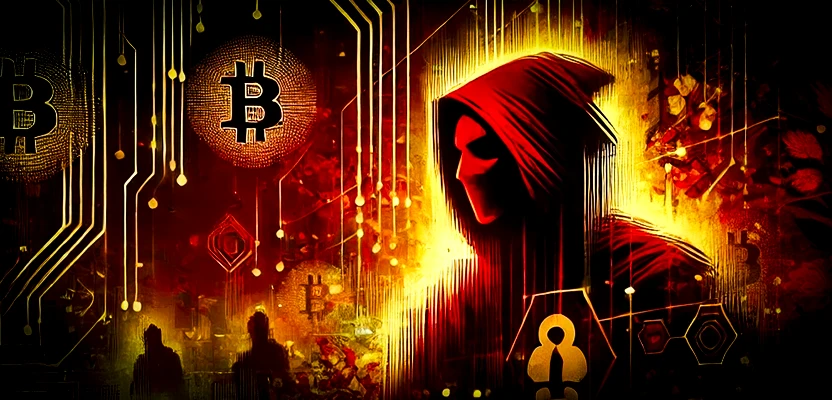
As the war in Ukraine rages on, the digital underworld reflects its tensions, with Russian cybercriminal groups splintering along ideological lines. A notable example is the Conti group, which, after initially supporting Russia, fractured when pro-Ukrainian members leaked their internal communications. This ideological shift has altered the dynamics of the darknet, once a neutral ground for criminals solely focused on profit.
Hydra's Fall and the Fragmentation of Russian Cybercrime
Hydra, a notorious darknet marketplace, was taken down by German authorities in April 2022, marking a pivotal moment in the darknet’s geopolitical landscape. Hydra’s fall disrupted the balance, spawning smaller marketplaces that are now involved in a "war of the marketplaces," further divided by pro-Russian and pro-Ukrainian factions. These factions often clash not only ideologically but also operationally, using the platforms to attack each other's systems, which has significantly raised the stakes in global cybercrime.
The decentralization of Hydra gave rise to forums like RuTor, which has been embroiled in ideological cyber skirmishes. Notably, the pro-Kremlin hacking group Killnet targeted RuTor, claiming it was operated by Ukrainian intelligence. This ideological warfare has introduced new risks and complexities to the darknet ecosystem.
The Challenge of Regulating Darknet Markets
The challenges of regulating the darknet are vast, exacerbated by the increasing adoption of Monero, a privacy-focused cryptocurrency. Monero's superior anonymity compared to Bitcoin makes tracking transactions on darknet markets nearly impossible. This lack of traceability has enabled these markets to thrive despite government crackdowns.
U.S. lawmakers and cybersecurity experts acknowledge the need for better regulation and international cooperation, yet enforcement has lagged behind the rapidly evolving digital economy. Traditional law enforcement strategies, such as "following the money," are becoming obsolete in this cryptocurrency-dominated environment.
Russia’s Role and International Cybercrime
Russia has long been a haven for cybercriminal groups, many of which operate with implicit government tolerance as long as they do not target Russian interests. However, these groups have become more brazen, targeting critical infrastructure in the West. The U.S. government's attempts to regulate and shut down these groups have been stymied by their use of decentralized systems, encrypted communication, and strong operational security.
The Conti leak in 2022 highlighted the fragile alliances within these cybercriminal groups. It also exposed the increasing interconnection between national geopolitics and the operations of cybercrime organizations, leading to concerns that governments, like Russia, may be using these groups to achieve political objectives without direct involvement.
Future Implications and Regulatory Efforts
The ongoing war between Russian and pro-Ukrainian hackers signifies a new phase in darknet activities, where geopolitical motives fuel cyber operations. This shift has made it harder for law enforcement agencies to control the darknet’s influence. Meanwhile, advanced encryption tools, anonymous cryptocurrencies, and decentralized platforms have made these spaces harder to regulate.
Although agencies like the DEA and FBI have formed task forces aimed at curbing darknet drug sales and cyberattacks, efforts remain scattered and insufficient to address the scale of these operations. Until international cooperation strengthens and better regulatory frameworks for cryptocurrencies are put in place, the darknet will continue to serve as a battleground for both profit-driven criminals and ideologically motivated actors.
Conclusion
The evolution of the darknet from a marketplace for illicit goods to a geopolitical battleground underscores the complexity of modern cybercrime. As nation-states increasingly turn to cyber warfare, the darknet will likely continue to be a space where ideological, political, and criminal interests intersect. Without a concerted international effort to address the rise of cryptocurrencies and encrypted communication, these cyber threats will remain a significant challenge for global security.




Comments 0